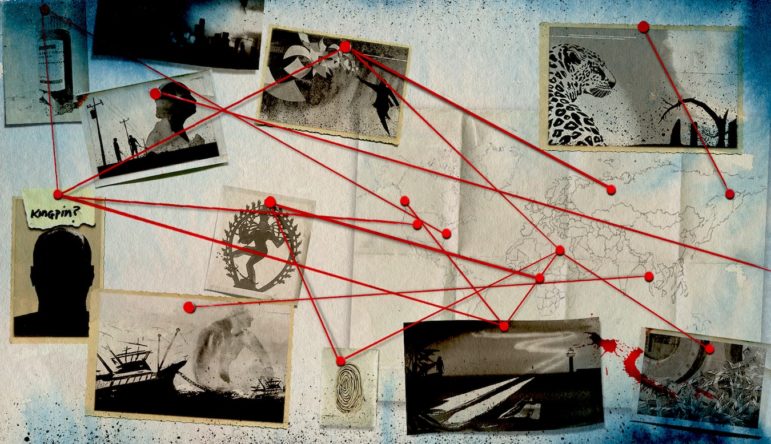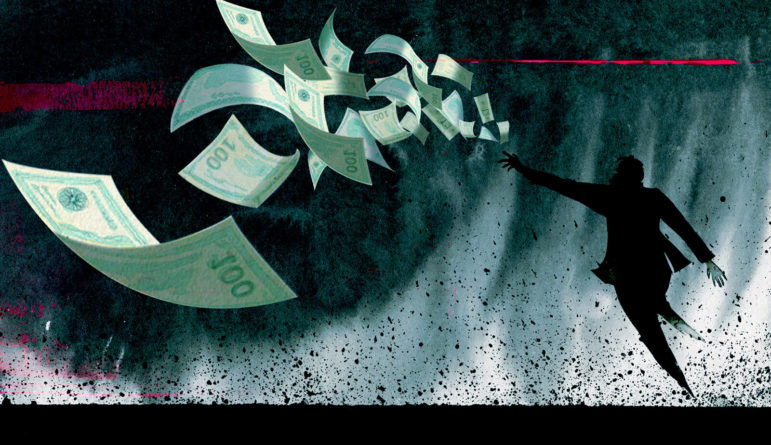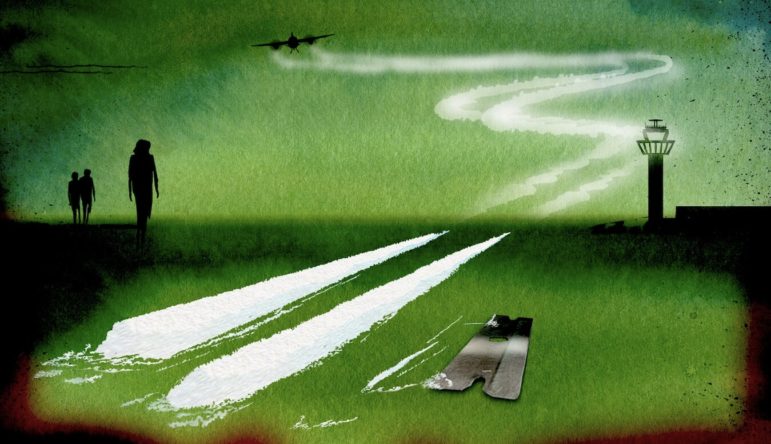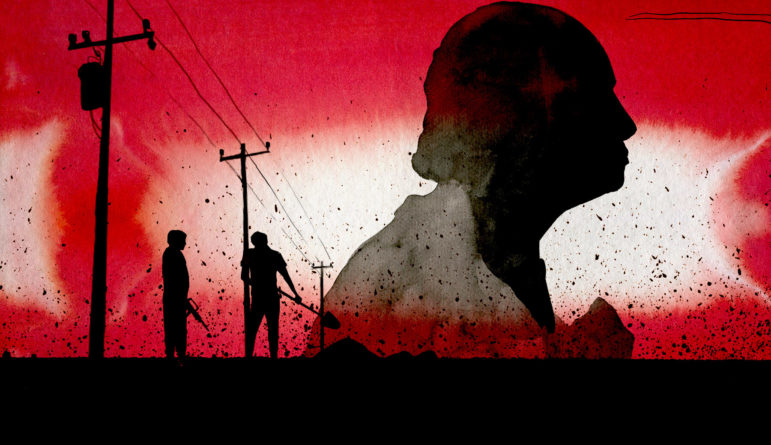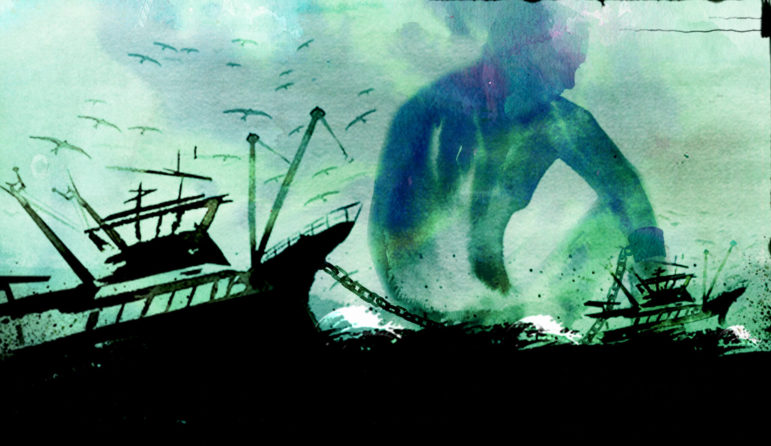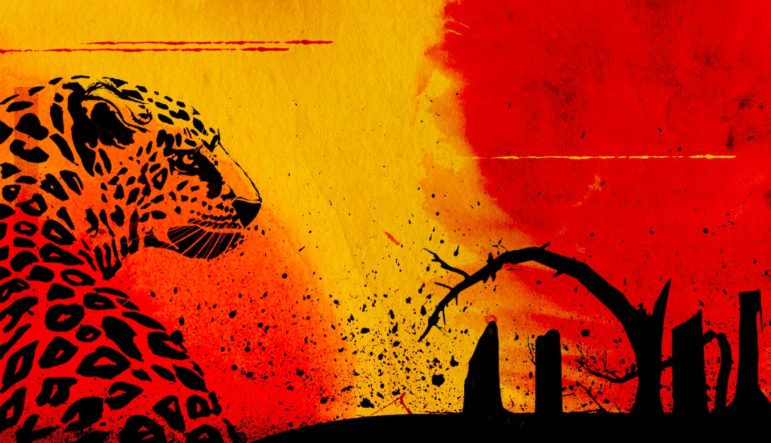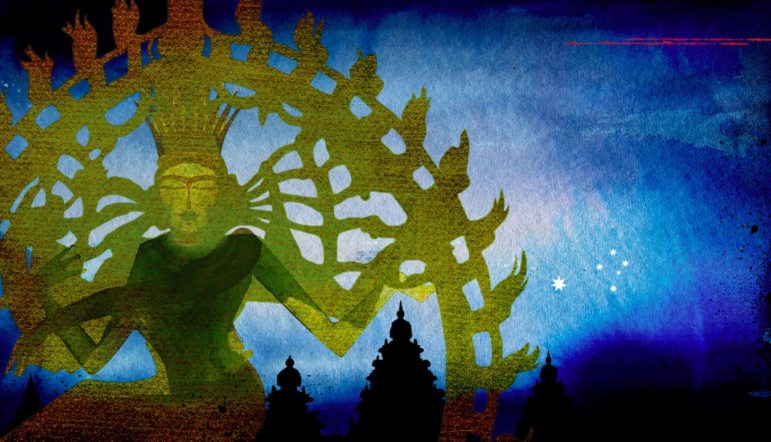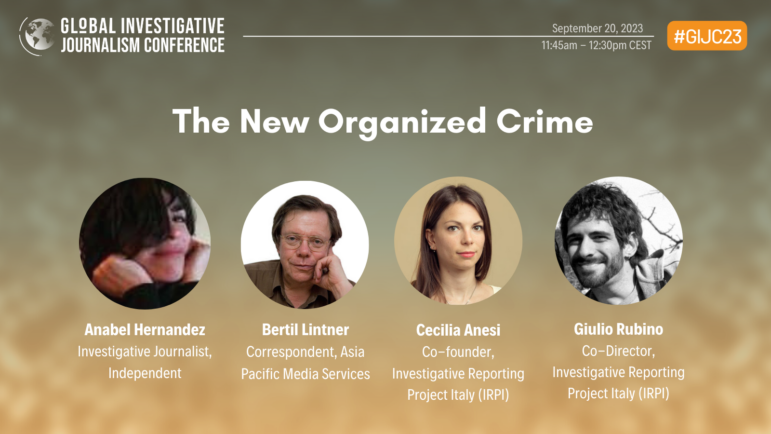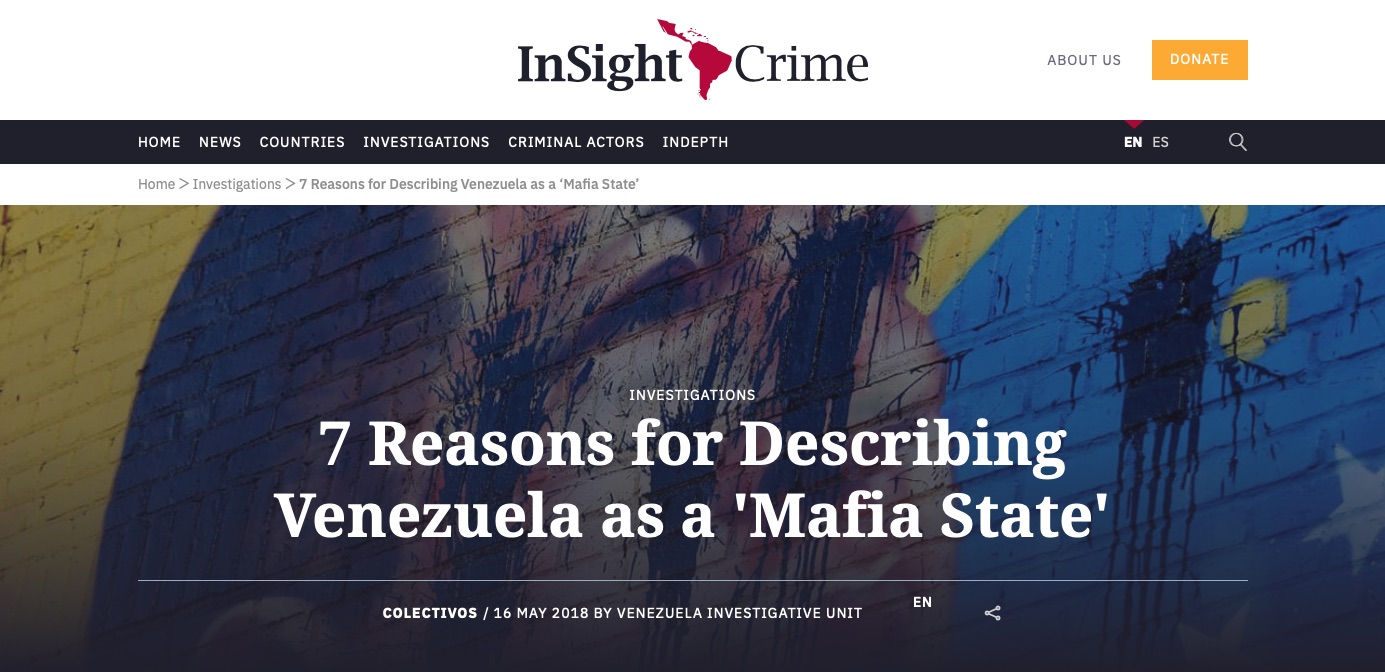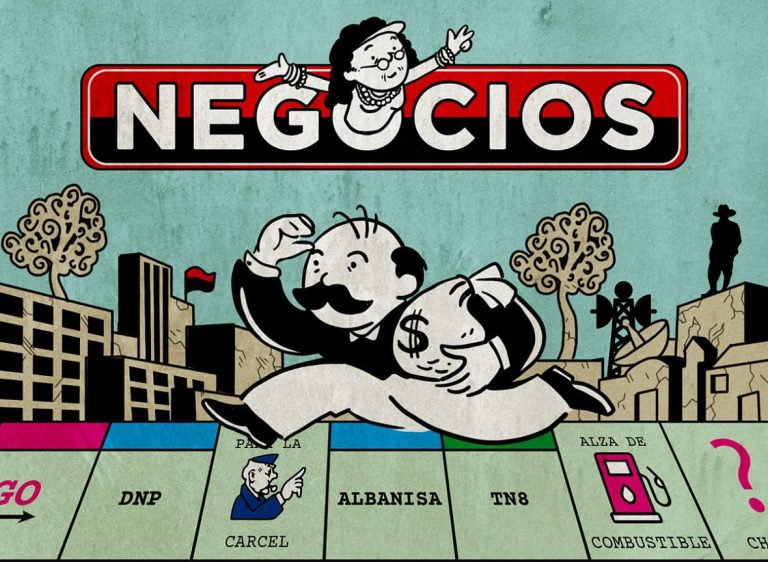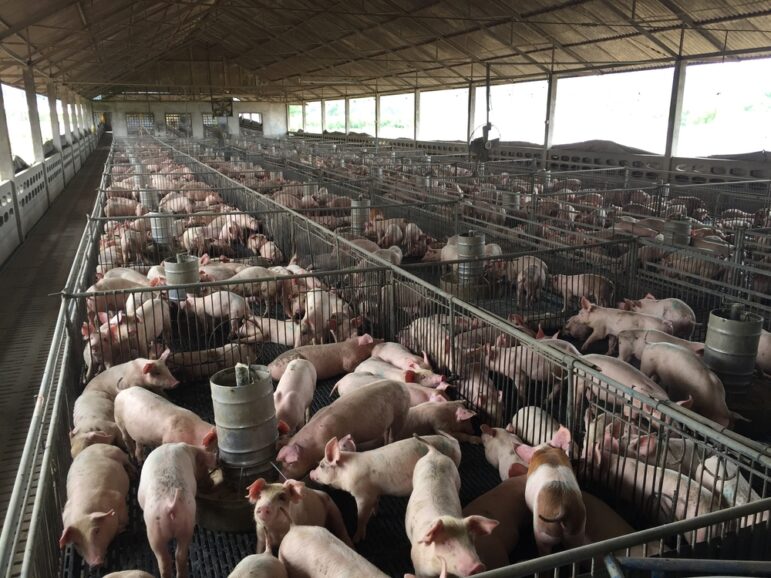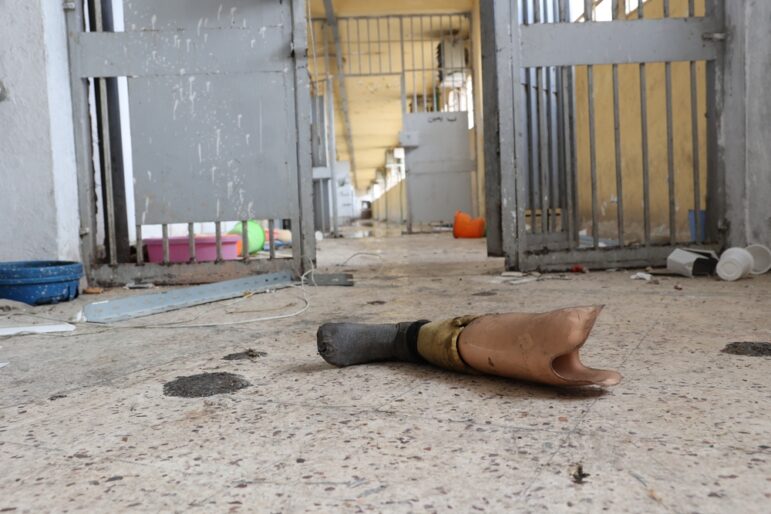

Illustration: Ann Kiernan for GIJN
Organized Crime Chapter 9 – Mafia States and Kleptocracies
Guide Resource
Reporter’s Guide to Investigating Organized Crime
Chapter Guide Resource
Organized Crime – Introduction
Chapter Guide Resource
Organized Crime Chapter 1 – Money Laundering
Chapter Guide Resource
Organized Crime Chapter 2 – Drug Trafficking
Chapter Guide Resource
Organized Crime Chapter 3 – Cybercrime
Chapter Guide Resource
Organized Crime Chapter 4 – Forced Disappearances
Chapter Guide Resource
Organized Crime Chapter 5 – Human Trafficking
Chapter Guide Resource
Organized Crime Chapter 6 – Arms Trafficking
Chapter Guide Resource
Organized Crime Chapter 7 – Environmental Crimes
Chapter Guide Resource
Organized Crime Chapter 8 – Antiquities Trafficking
Chapter Guide Resource
Organized Crime Chapter 9 – Mafia States and Kleptocracies
Chapter Guide Resource
GIJC23 – The New Organized Crime
This chapter, focused on criminal and corrupt states, is written by Drew Sullivan, co-founder and publisher of the Organized Crime and Corruption Reporting Project (OCCRP), a global network of investigative journalists that exposes crime and corruption so the public can hold power to account.
When we refer to “mafia states,” we are talking about a government that itself is a criminal enterprise. These people running the state have their fingers in everything, and back up their control by violence — the attributes we associate with the mafia.
It’s important to make a distinction between mafia states and kleptocracies. Mafia states themselves are fairly rare. If you refer to kleptocracies – government by theft, with widespread corruption — those are very common. Kleptocracies are a majority of the developing world. But there are probably only six or seven mafia states, in the sense that their mission is to basically be a mafia-like organization.
Mafia states include Kosovo and Montenegro. You could argue that Russia is a mafia state — although Russia is probably in a class of its own. Also Equatorial Guinea. Venezuela is very much a mafia state, because its officials are not interested in running the government anymore. The political elite and military spend their energy not improving security or education, but in setting up offshore accounts and drug deals. Other candidates include Malta and Mexico.
Kleptocracies, on the other hand, are everywhere that’s not a strong democracy, and that’s much of the world. Most of Africa is made up of autocracies, for example. Votes are manipulated, people are paid off. It’s very much a patronage system. Azerbaijan is a kleptocracy. It’s a corrupt, autocratic government. They repress people, but most of the money being stolen is to control other people, so that they cannot pose a threat to the governing family. They steal everything, not because they need more money. They just don’t want anybody else to have enough money to oppose them.
The real problem is when you get state capture. The question is, do you have the power to throw the bums out? If you don’t, then essentially you have state capture, and you’re probably close to autocracy and kleptocracy. Even where you have democratic institutions — in places like Poland and the Czech Republic – countries are backsliding badly.
Key to understanding the operation of mafia states – and exposing them – is following the money and the resources. A nation’s natural resources are basically things that are of value in and of themselves, so when you dig up that mineral deposit, or when you cut down the tree, it has value. Any kind of natural resource is an industry you want to study, because that’s the only thing these autocrats — or the mafia states — can make monetize.
In many ways, investigating a mafia state is easier than investigating a crime cartel. Because you still have state records, documents, tenders, companies — you have information. A state is a more transparent entity than an organized crime gang. And you piece together the hierarchy of the organization starting at the top, just as you would with a crime gang. However, often there are informal networks within governments that are more important than the official structure. So, you figure out the people who are most important. You look at who’s getting wealthy, who’s got the nicest house, who’s living close to the president in the fancy new suburb that they’ve created.
This is a beat, and you have to patiently suck up all the information you can find. We use a knowledge management system to connect all the data, and it interfaces with other software. Then you follow the money.
Case Studies
Montenegro
Montenegro is a classic example of a mafia state. It’s a small country — only 600,000 people – and was run by someone whose first job in life was Prime Minister. He had close ties through his brother to organized crime, so they started in the illegal tobacco trade, and the state was actively participating in the trade. We discovered over time the mechanisms that he established to strengthen this corruption. The Prime Minister privatized a bank for his family and started pouring huge amounts of government money into it, and then created rules that forced other people, if they were going to do a deal, to work through this bank. Then he started loaning the money from the bank to himself, his friends, and organized crime. When it failed, he bailed it out with taxpayer money.
Venezuela
By now, the wholesale takeover of Venezuela by criminal interests is widely documented. Indictments by the US Justice Department, investigations by the media, and studies by scholars show a government riddled with organized crime at the highest levels. More than 100 Venezuelan officials – including senior members of the Nicolás Maduro regime — have been implicated in such criminal pursuits as fuel smuggling, black market sales of food and medicine, and cocaine trafficking. State coffers, reports InsightCrime, “have been pillaged on an industrial scale.” Add to this state control of armed militias and crime gangs, and large numbers of extra-judicial killings, and you have the makings of a criminal state.
North Korea
Another obvious example is North Korea. For more than 20 years, there have been reliable reports that the country is operated like a crime cartel. North Korean officials have been implicated in drug trafficking, counterfeiting, cybercrime, tobacco smuggling, kidnapping, and more. Usually when we see a mafia take over a government, it works from the bottom up. But North Korea is entirely top down, with rackets organized by government officials, from the top leadership to diplomats in the field. The country’s big problem is that it needs foreign exchange. But they sell nothing, and they’re international pariahs. So, they counterfeit US dollars, sell drugs, and engage in other criminal activity to earn hard currency.
Tips and Tools
Look at Contracts: Organized crime gangs typically make their money from an illegal trade like drugs. In a corrupt government, those illicit gains will come from state contracts. Who gets the right to drill oil? Who gets the right to cut down trees? Who owns the phone company? This tells you who are the favorite people in a mafia state.
Look at Assets: The next step is to define the assets. Track when an asset was bought, where it was bought, how it was bought, and then you might be able to connect it to where in the process of government contracts they got the money. Each individual will have a small group of people around them that may act as a front for these assets. You have to figure out who the straw parties are, who their lawyers are, who their family members are, and then look for assets under those names.
Look at public records: To follow the trail of assets, you’ll need to examine a variety of public records: corporate registries, land records, property records. France recently made its property records available online — we’re finding all sorts of interesting names in there.
Check Leaked Data: There’s a lot of leaked banking data out there that will give you indications of who’s got money and where it is. You need to connect to GIJN members like ICIJ and OCCRP, as well as other organizations that have built databases of leaked information. Even if it’s 10 or 15 years old, this data can prove valuable. A new proxy may suddenly show up in a bunch of old databases. It’s gotten to the point where there have been enough of these leaks that the data has become a significant part of reporting. A lot of time is spent connecting various leaks together to follow the money. Information also comes out in ways that are not necessarily leaked — from hacks, ransomware, or online web scraping. Reporters are scraping hundreds of datasets on a regular basis. People are now discovering critical pieces of information as a byproduct of ransomware hacks — because a lot of companies don’t pay the ransom, their information gets leaked.
Use Traditional Reporting Techniques: Investigative reporting hasn’t changed. You can’t do everything online. Many young and inexperienced reporters aren’t as familiar with old-fashioned reporting techniques. You still need to do source development, you still need to request public records at a high rate. Some reporters are particularly good using the traditional, shoe leather approach, and others are particularly good at online reporting, and it’s best to combine the two. Open-source research has blossomed in the past few years. A surprising number of big stories get revealed because a girlfriend puts pictures of their trip on the yacht on Instagram.
Use Databases, Map Networks: Aleph is one of our big reporting tools, and OCCRP designed and built that ourselves. We put all our data into it. Aleph is connected to Linkurious, which can be used to build network maps based on the underlying data. It’s got a timeline functionality in it too, so you can build a chronology of events. It also allows for cross referencing, so you can compare databases to each other. You can use tools like i2, but they’re expensive, which is why journalists generally haven’t used them that much. There’s a number of social network analysis tools that are out there as well, and some of them are free. But those require someone who has technical skills. Aleph is free, and you can also get access to Linkurious.
Collaborate: All the big corruption and organized crime stories are cross-border projects now. So more than ever, it’s critical to have a diverse team with a lot of different areas of expertise. You need local reporters, cybersecurity reporters, researchers, and social media experts. Data people who can mine these leaks. OCCRP is a network and we use that networking to leverage each other’s skills. That, in fact, is why we are able to do a lot of stories and do them quickly. If you don’t have an organization with those kinds of people, you need to build those relationships, using organizations like GIJN. We use a Wiki system to share information and collaborate on stories. We use Signal for secure discussion between us. So, it’s fairly simple. There needs to be better tools to do this, but between Signal, a Wiki, and Aleph, we coordinate all of our projects, and all those are available to any reporter.
Be Ethical: You have to keep a close eye on making sure you do stories that are in the public’s greatest interest. I think that’s the key. We’re constantly arguing this point among ourselves: Does the public really need to know this? We try to make sure that everything we do is revealing corruption, or the way that the government – or business or organized crime — is working, so that the public can make better decisions on what to do.

